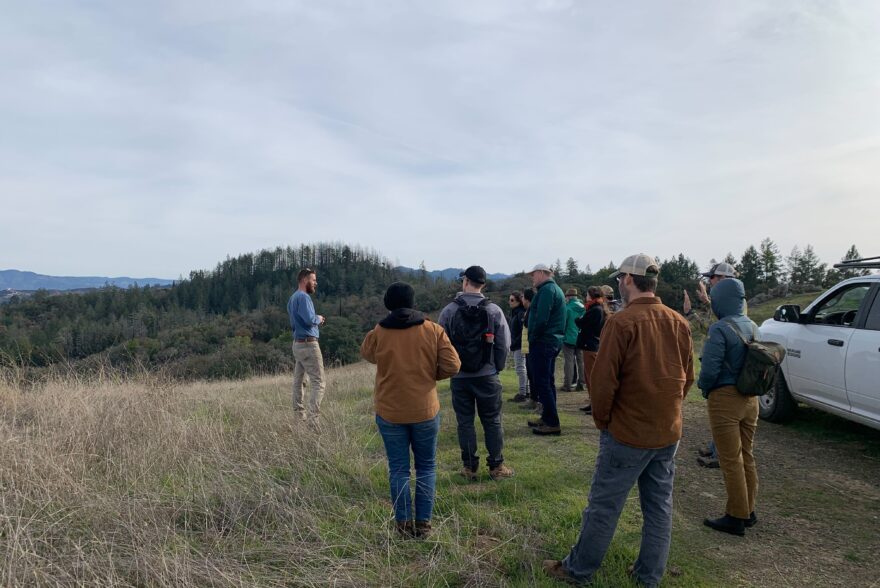Environmental impact bonds: a common framework and looking ahead


A frequent barrier to addressing some of our world’s most pressing environmental challenges is a lack of funding. Currently, environmental project funding largely comes from philanthropic and public sources, but this does not meet current needs.
Increased coordination and collaboration between multiple levels and sectors of government, in addition to private sector funding, can help address the environmental funding challenge. New financial tools and strategies can enable this transition and facilitate uptake of innovative solutions. One such mechanism, the Environmental Impact Bond (EIB), is an emerging financial tool with the potential to transform the environmental funding landscape. However, these financial instruments are not well understood or recognized beyond those actively involved in EIB projects or in the field of conservation finance. As EIBs gain momentum, there is a clear need for a common framework, including definitions and nomenclature, research needs, and outlook for the future. In this paper, we define EIB mechanics, elucidate the difference between EIBs and Green Bonds, and propose a common vocabulary for the field. Drawing on first-hand experience with the few EIBs which have been deployed, we review and assess lessons learned, trends, and paths for the future. Finally, we propose a set of future targets and discuss research goals for the field to unify around. Through this work, we identify a concrete set of research gaps and objectives, providing evidence for EIBs as one important tool in the environmental finance toolbox.
Publication: Environmental Research: Infrastructure and Sustainability
Authors: Matthew W. Brand, Kimberly Quesnel Seipp, Phil Saksa, Nicola Ulibarri, Arne Bomblies, Lisa Mandle, Maura Allaire, Oliver Wing, John Tobin-de la Puente, Emily A. Parker, John Nay, Brett F. Sanders, David Rosowsky, Jason Lee, Kris Johnson, Napoleon Gudino-Elizondo, Newsha Ajami, Nicholas Wobbrock, Peter Adriaens, Stanley B Grant, Steven Wright, Todd Gartner, Zachary Knight and JP Gibbons
Read the 3-page brief here.